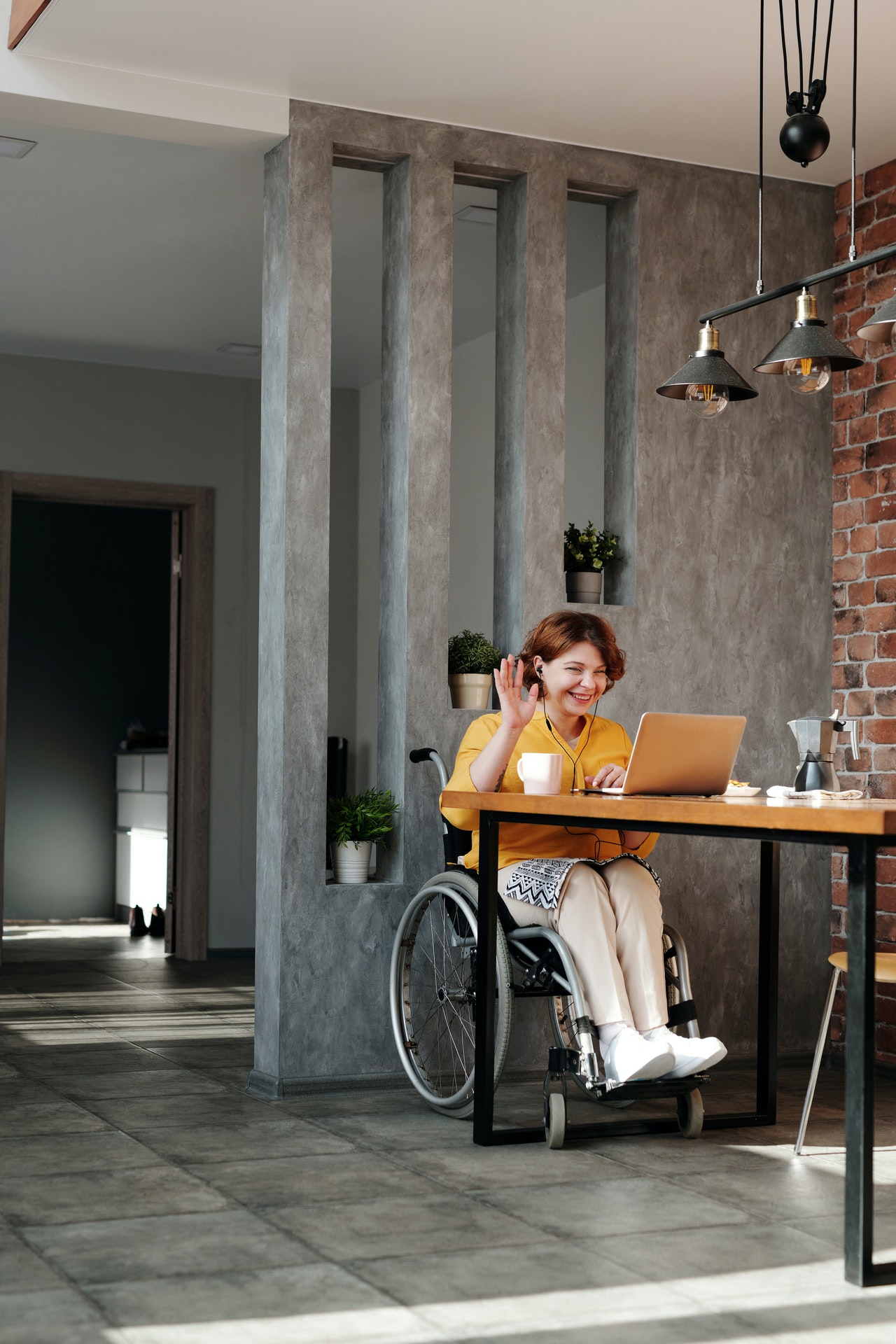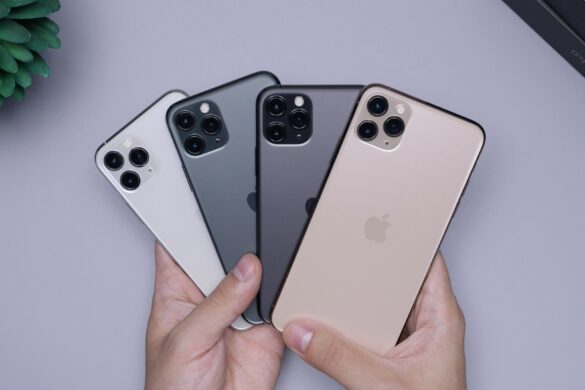 There are several types of disabilities that keep people from surfing the web easily, and it’s important to consider those users’ needs when designing a website. People with disabilities use various assistive technologies like accessiBe to interact with the web. Although technologies like virtual assistants and dedicated browsers for users with visual impairments are becoming more common, most of them still rely heavily on web-based content.
There are several types of disabilities that keep people from surfing the web easily, and it’s important to consider those users’ needs when designing a website. People with disabilities use various assistive technologies like accessiBe to interact with the web. Although technologies like virtual assistants and dedicated browsers for users with visual impairments are becoming more common, most of them still rely heavily on web-based content.
A disabled person’s life is not that easy. Like other people, they have to go to work, do their chores, and lead a normal life just like everyone else. The only thing that differentiates them from non-disabled people is that they have special needs. They might need special equipment or even special assistance from time to time. It is important to note that disabilities are not visible in some cases.
Here are some of the most common disabilities that affect people in order to let you have a better understanding of how websites need to be accessible. Remember that every person with a disability has their own particularities, thus pointing out what might seem like obvious issues to some might not be to others.
Blindness and visual impairment: In the past, only a specific font style was used for people with this type of disability. However, nowadays, there are several types of fonts that can be read by screen readers, a piece of software commonly used by blind people to access websites using a computer. Also, a screen reader reads text aloud to blind people using a speech synthesizer or braille display.
Hearing impairment: For this type of disability, common sense is the best course of action in order to make websites accessible. Providing captions for videos and audio files can be extremely helpful, although some hearing-impaired people prefer to read text when it is available. Also, providing transcripts of audio files can be extremely useful when there are several people in a room and loud noises (like music) might interfere with their right to access the web.
People with cognitive disabilities: People suffering from difficulties like dyslexia or AHDH usually struggle with information overload and can become easily distracted by websites with too much text, blinking banners, or moving objects. In this case, it is very important to provide a clear and simple design in order to make websites accessible for people with cognitive disabilities. When it comes to web accessibility, simplicity rules!
Mobility impairment: The most popular assistive technology that people use in order to surf the web is a mouse. Some, however, prefer the usage of a touchscreen or a pen as an alternative input device. In this case, it is very important to ensure that web pages are properly readable on these devices because nowadays, most websites can be accessed from any device type.
People with neurological disabilities: There are several diseases that can lead to people having problems with controlling their movements. In this case, using a keyboard as the main input device is usually preferred. Also, using head pointers or alternative keyboards can be very helpful for people with neurological disabilities because of the fact they make it easier to use only one hand.









